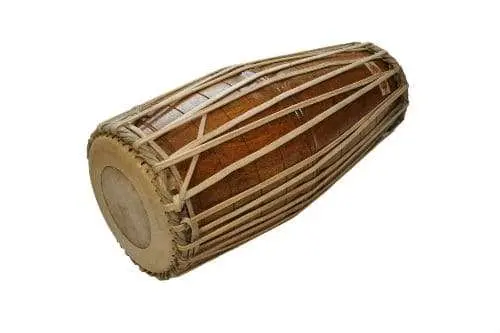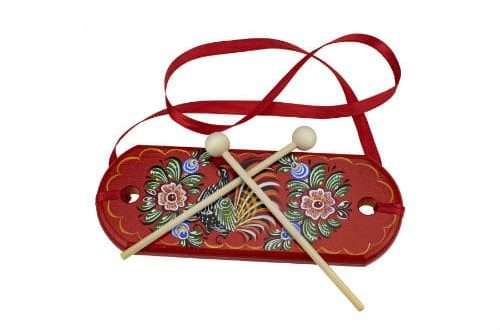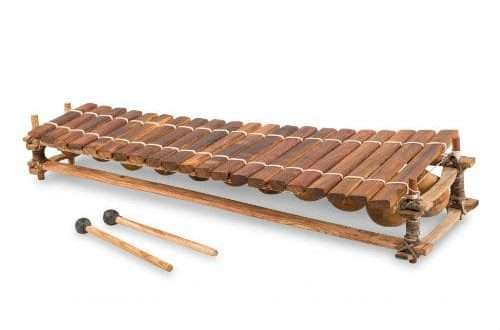
Mridanga: general information, instrument composition, use
Contents
Mridanga is a classical musical instrument similar to a drum. Its body has a non-standard shape, usually tapering towards one end. Widely distributed in eastern and southern India. The name comes from the fusion of the two words “mrid” and “ang”, which is translated from Sanskrit as “clay body”. It is also called mridangam and mirutangam.
Tool device
The musical instrument is a double-sided drum, or membranophone. It is played with fingers. The ancient Indian treatise Natya Shastra describes the process of making mridangam. It says how to properly apply river clay to the membrane so that the sound resonates better.

Traditionally, the body is made of wood and clay. Modern models of percussion instruments are factory made from plastic. However, the musicians note that the sound of such a mridang is less diverse in comparison with the classical versions.
Animal skin is used as impact surfaces. The side walls have special leather ties that tightly press them to the body.
Using
Mridanga has been known since ancient times. It has been played for over two millennia. Initially, the drum was used during religious ceremonies. However, even today, students in the process of learning to play this musical instrument perform monosyllabic mantras corresponding to finger strikes.
Currently, the membranophone is used by performers who adhere to the Karnataka musical style.





